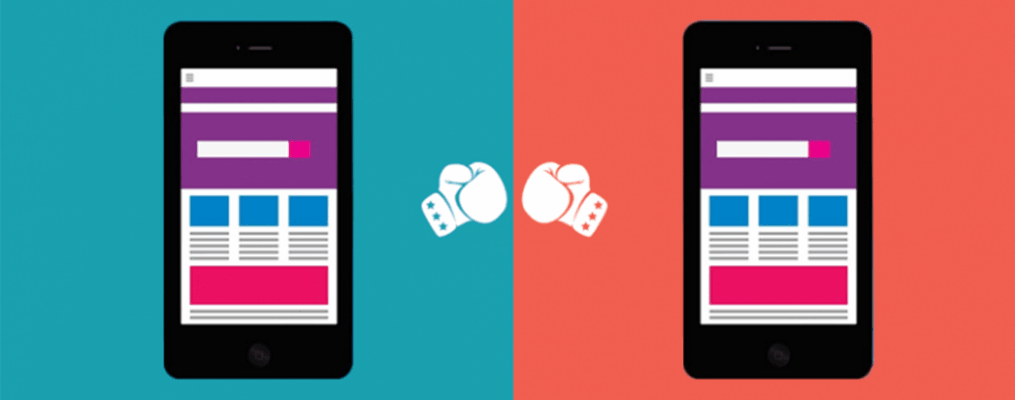Native vs. Progressive Web Apps (PWAs): Diving into the Key Differences

Mobile App Development
If we talk about today’s mobile users, they need just two things: a small app size and very high performance. And, in the present scenario, there are only two app development methodologies that literally satisfy these two key requirements of users: native apps and progressive web apps. Consequently, on the Internet, there is also an ongoing debate on Native vs Progressive web apps.
Wondering which option you should go with for your business? Take a deep dive into the key differences between native apps and progressive web apps, and decide yourself!
Native Apps
Native Apps are apps developed for a specific mobile operating system, such as Android or iOS. Let’s take a look at the benefits and drawbacks of native apps.
The Benefits of Native Apps:
#Fast Performance: Native apps are much faster than PWAs and therefore provide users with the better experience while consuming less battery.
#Secure: Users feel more secure while using Native Apps because they follow the various guidelines set by Google Play Store and App Store.
#Access to in-built Device Features: Having full access to all device-specific functionality like GPS, NFC, Camera, etc, they deliver users a more connected and convenient experience.
#Native Look and Feel: No more app-like experience. Out of the box, a native app looks and feels like it belongs to the user.
The Drawbacks of Native Apps:
#Distribution Friction: Given the fact that users don’t download any app very easily, it is quite difficult to attract new users with a Native app.
#Work Only on One Platform: Since native apps are platform-specific, you have to develop them for each platform separately.
#Take More Time & Money to Develop: As compared to PWAs, Native apps are longer and costlier to develop because of low-level programming.
#Difficult to Update: A native app cannot be upgraded easily. Every update of a native app has to go through the review process again.
Progressive Web Apps (PWAs)
Built with modern web technologies like HTML5, CSS3, and JavaScript, Progressive Web Apps is a Google’s attempt to deliver users a native app-like experience. Let’s get familiar with how they are different from native apps.
The Wow Factors of Progressive Web Apps:
#Easy to Install & Launch: To install a PWA, users just need to add it to their device’s home screen using the ‘Add to Home Screen’ feature.
#No App Store Difficulties: Being independent of App Stores, PWAs eliminates the hassle of downloading and installing the app.
#Always Up-to-date: Users always get the updated version of a Progressive Web App as soon as they go online.
#Low Development Cost: A single app works on all devices and platforms. Also, web technologies take less time than low-level programming, which save both money and time.
The Ouch Factors of Progressive Web Apps:
#Missing Out on App Store Traffic: PWAs miss out on a large chunk of users who go directly to Google Play Store and App Store to search an app.
#High Battery Usage: Being written in high-level web code that is difficult to interpret for a mobile device, PWAs consume more battery than native apps.
#No Access to Device Features: PWAs are unable to access any device-specific features and therefore, they can’t interact with other apps. This makes them less personal and useful for users.
#Limited Browser Support: Default browsers of several mobile device manufacturers still don’t support PWAs.
Well, to sum it up, what kind of app you need totally depends on your budget and business requirements. Both native apps and PWAs have their pros and cons and both help in improving the profitability of a business. Whether you need a Progressive Web App or Native App, our highly skilled dedicated developers are always here to help you. Contact us now!


